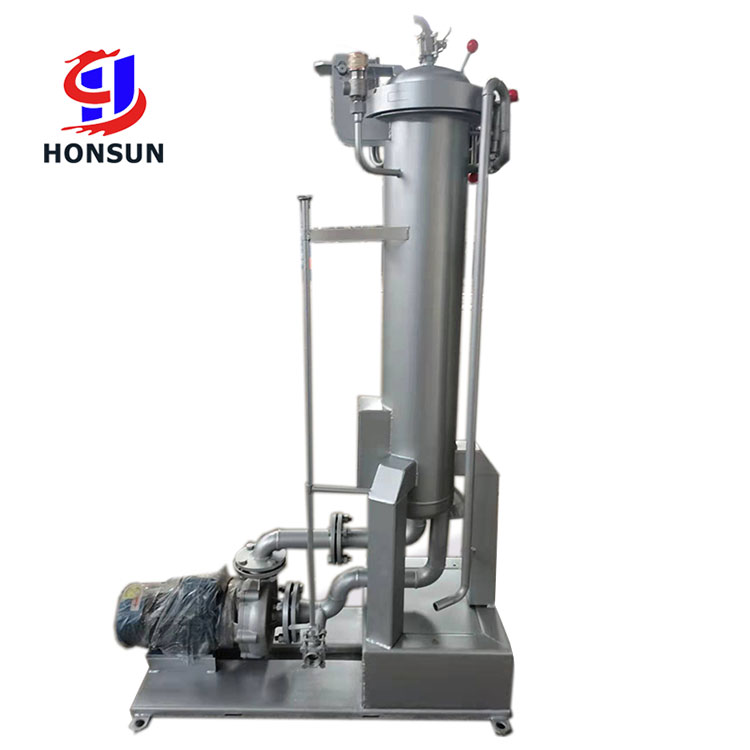- English
- Español
- Português
- русский
- Français
- 日本語
- Deutsch
- tiếng Việt
- Italiano
- Nederlands
- ภาษาไทย
- Polski
- 한국어
- Svenska
- magyar
- Malay
- বাংলা ভাষার
- Dansk
- Suomi
- हिन्दी
- Pilipino
- Türkçe
- Gaeilge
- العربية
- Indonesia
- Norsk
- تمل
- český
- ελληνικά
- український
- Javanese
- فارسی
- தமிழ்
- తెలుగు
- नेपाली
- Burmese
- български
- ລາວ
- Latine
- Қазақша
- Euskal
- Azərbaycan
- Slovenský jazyk
- Македонски
- Lietuvos
- Eesti Keel
- Română
- Slovenski
- मराठी
- Srpski језик
What is the difference between lace dyeing machines and other dyeing machines?
2025-05-06
As a special type of equipment in the textile industry, the design and application scenarios of lace dyeing machines are significantly different from other types of dyeing machines. Lace fabrics have higher requirements for the fineness of the dyeing process and the adaptability of the equipment due to their lightness, hollowness, and complex patterns. Although traditional cheese dyeing machines or overflow dyeing machines are suitable for mass production of ordinary textiles, they are often prone to problems such as snagging, stretching deformation, or uneven dye penetration when processing special fabrics such as lace.
The core advantage of the lace dyeing machine lies in its targeted mechanical structure and process parameter adjustment capabilities. For example, the low-tension conveying system is used to avoid damage to the fabric due to mechanical friction during the dyeing process; at the same time, the optimized design of its temperature control system and dye circulation mode can ensure that the dye penetrates evenly in the complex three-dimensional pattern of lace, thereby improving the fullness and consistency of the finished product color.
Compared with conventional dyeing equipment, lace dyeing machines also pay special attention to the protection of the physical properties of fabrics. For example, its nozzle pressure and water flow speed are usually dynamically adjusted according to the gram weight and density of the lace fabric, which can effectively prevent the fabric from accumulating and knotting, and reduce the impact on fragile fibers. In addition, lace dyeing machines are often equipped with an intelligent process parameter database, which can automatically match the dyeing curve for lace of different materials (such as cotton lace, chemical fiber lace or blended lace), significantly reducing the time cost and error risk of manual debugging.
This professional design enables the lace dyeing machine to maintain high-efficiency production while taking into account the strict quality requirements of high-end lace products. It is worth noting that with the improvement of environmental protection requirements, modern lace dyeing machines have also integrated wastewater reduction technology, and reduced resource consumption and environmental pollution by improving the dye recovery system and auxiliary agent ratio, further highlighting its technological leadership in the subdivision field. It can be said that the research and development innovation of lace dyeing machines is not only a response to the industry's differentiated needs, but also an important manifestation of the refined development of textile technology.





